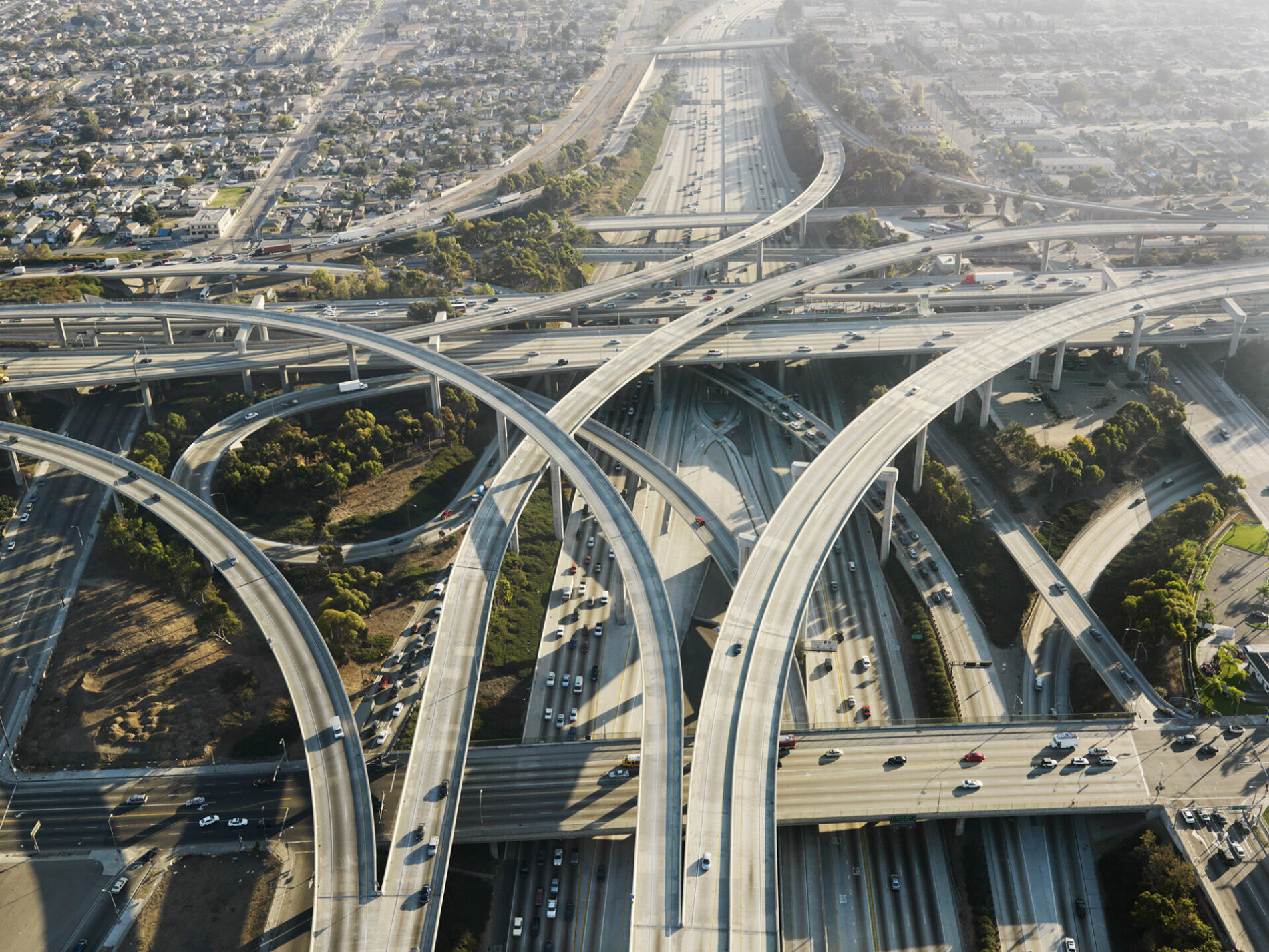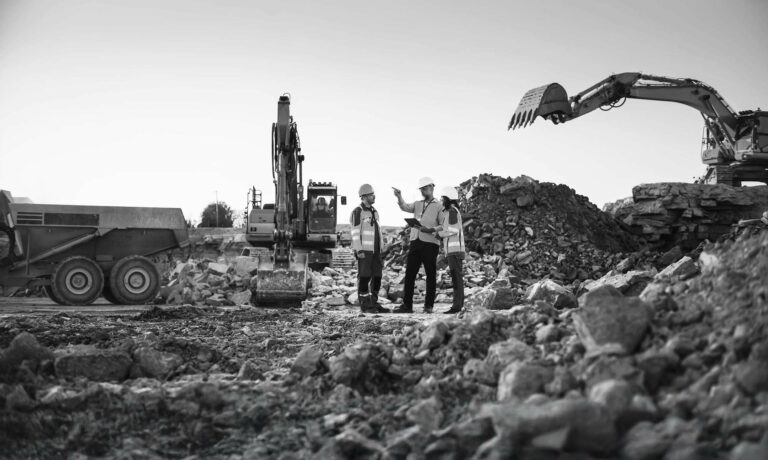According to the Federal Highway Administration, there are around 4.19 million miles of roads in the United States. With an ever-growing population, these roads are being put to the test like never before. Increased number, driving longer, in bigger vehicles; it is no wonder much of the infrastructure network is in need of repair. That may be an unfair criticism, however. Modern road networks will always require maintenance cycles to repair damage caused by rain, vehicles, heat, and light. The fact remains, however, that maintaining the road network is expensive business and it is one which requires many man hours, documentation, safety considerations and testing. So, is there a way to harness modern technologies to reduce the financial and human burden on overstretched governments and councils? For example, the U.S. Infrastructure Bill is a positive thing. There is no doubt about it. However, if we delve into the figures, we find that an incredible amount of money is needed just to repair and maintain the infrastructure we currently enjoy. In the context of an aging network badly in need of complete overhaul, we find ourselves asking if there is an alternative that could redirect all-important funds to the most needed projects. Every new lane-mile of road costs around $24,000 to maintain in good repair. Nationally, this equates to $231.3 billion per year.

A UK start-up company has developed technology which could significantly reduce the costs of road and highway maintenance. Robotiz3d is on a mission “to build safer, more sustainable road infrastructure with radically transformative technologies.” It is located at the Science and Technology Facilities Council’s (STFC) Daresbury Laboratory and has been testing and using AI to identify and autonomously repair potholes and cracks in a safer, faster, and cheaper way. While it may sound too good to be true, the results are demonstrating an effective and radical way to maintain infrastructure networks.
Robotiz3d came as the result of four years of research and development. The technology can record road conditions in real time, mapping and detailing cracks and other potential hazards before they become potholes. This pre-emptive repair strategy would be enormously cost-saving and would drastically reduce the man-hours needed to repair roads. Dr Paolo Paoletti, CTO at Robotiz3d, believes that this technology will genuinely revolutionize infrastructure maintenance. He explained how, incredibly, the equipment can document, report and repair. Paoletti said, “The Robotiz3d solution will autonomously identify and localize potholes, characterize their geometry, and collect measurements on the go. The ability to automatically deposit sealing material, fixing smaller cracks before they evolve into potholes, is also a first.” Not only that, but Paoletti explained how the data-driven company is able to utilize historical road maintenance figures to predict ‘black-spot’ areas that are higher risk of damage. “These features, coupled with a prediction algorithm to help prioritize work schedules, are anticipated to improve the safety and lifespan of road networks, make maintenance tasks COVID-resilient, and contribute to reductions in road repair costs, fuel consumption, GHG emission, and tyre wear.”
“The ability to automatically deposit sealing material, fixing smaller cracks before they evolve into potholes, is also a first.”
The technology is incredibly exciting, and innovative. It patrols roads autonomously and can also be controlled by remote control. It gathers and documents the condition of roads and can operate at a speed of up to 60km per hour. Working round the clock, the vehicle scans one lane at a time, providing AI generated images of roads including the depth information and volumetrics of cracks and potholes. Once identified, the technology automates repair processes from site preparation, filling and compacting, to finish, with minimum or no human interaction needed. Data collected from the vehicle can be accessed remotely in real time. Lisa Layzell, CEO and co-founder at Robotiz3d, added that the benefits of this technology are enormous both in terms of financial savings and the quality of life for residents. “This is the first autonomous technology of this kind developed specifically to tackle the pothole crisis which plagues many parts of the country, and which is estimated to have cost more than £1bn to repair over the last decade.”
Robotiz3d is currently a UK based company, but it has no desire to remain operating on a national level. The plan is to raise funding to roll out the network of highway repair robots in the UK initially with a view to growing its network into the global economy. Amin Amiri, CEO of a2e Industries, explained, “This is a true innovation that can help the UK save public money and save hassle for the citizen. We’re confident in Robotiz3d and its highly capable engineering and management team to bring this much-needed technology to market. The technology could eventually solve one of the most endemic worldwide problems of the logistics and transport industry, with transformative impact.”

The concept is wildly innovative and revolutionary. However, questions will remain as to the quality of autonomous robots. Doubts always linger among us humans as to the standard of work that a robot can offer in comparison to our own discerning eye. For evidence of this, we can look to other sectors, where autonomous robots have been performing human tasks for some time. Robotic automation has been industry standard for many years in some production and factory workspaces, but one significant step up took place in recent years that may ease any lingering doubts. US Researchers reported on a completely autonomous robot that performed keyhole surgery on a pig. The Smart Tissue Autonomous Robot (STAR) carried out laparoscopic surgery to connect two ends of the pig’s intestine. According to the published paper, the robot performed the highly technical procedure to a standard “significantly better” than that of a human surgeon. “Our findings show that we can automate one of the most intricate and delicate tasks in surgery.”
It would be facetious to draw comparisons between intestinal surgery and road maintenance, but the evidence is there, nonetheless. If autonomous robots can perform one of the most intricate and delicate surgical procedure to standards higher than that of a human, our road network can certainly benefit from this technology.
With many new technologies, we must wait to see how the industry reacts. Current indications are that Robotiz3d have developed something with huge potential benefits and there is a growing interest in seeing the project roll out on a wider scale. As vast sums of federal money are currently being funneled towards maintenance, it is interesting to think that someday in the very near future, we may be witnessing the start of preventative, autonomous repair on our roads.


















